Have you ever wondered if entire lakes could exist under the sea? Well, deep beneath the ocean’s surface lie some of Earth’s most bizarre and untold mysteries. Among these are brine pools, also known as underwater or toxic lakes. These intriguing natural phenomena challenge our understanding of what environments life can thrive in, demonstrating the resilience of nature in even the most extreme conditions.
Brine pools are essentially lakes that exist at the bottom of the ocean. They form when saltwater, saturated with salt to the point of density higher than the surrounding water, settles into depressions on the ocean floor. This results in a distinct body of water that doesn’t mix with the water around it, creating a surreal underwater landscape. The high salinity makes these pools so dense that humans and remotely operated vehicles (ROVs) can float on their surface, much like floating in the Dead Sea1.
One of the most fascinating aspects of brine pools is the unique ecosystems they host. Despite the toxic conditions, including high levels of salt and methane, specific life forms have adapted to thrive in these environments. Around brine pools, scientists have discovered unique species of mussels, tube worms, and bacteria that are not found anywhere else on Earth. These organisms have evolved to survive the harsh conditions by developing symbiotic relationships with each other; for instance, bacteria that can process the toxic chemicals provide a food source for other species living there3.
The discovery of life in brine pools has significant implications for our understanding of life on Earth and potentially other planets. It suggests that life can adapt to far more extreme conditions than previously thought, pushing the boundaries of “habitability” in the universe. This discovery fuels the argument for the possibility of life existing in similarly harsh environments elsewhere in the solar system, such as under the ice caps of Jupiter’s moon, Europa, or Saturn’s moon, Enceladus 4.
Let the secrets of the deep sea inspire you5. Nature, in its essence, is about resilience and adaptation. The existence and discovery of brine pools remind us of the incredible diversity of life on our planet and perhaps beyond. It’s a testament to the power of exploration and curiosity, encouraging us to keep pushing the limits of our knowledge and understanding. And who knows? Maybe one day, the secrets unlocked from these toxic underwater lakes will pave the way for discoveries that redefine life as we know it6. Every splash into the unknown is a step toward enlightenment and a tribute to the boundless potential of the universe.
- https://oceanexplorer.noaa.gov/explorations/02mexico/background/brinepool/brinepool.html [↩]
- https://journals.plos.org/plosone/article?id=10.1371/journal.pone.0042872 [↩]
- https://www.wired.com/story/desalination-is-booming-but-what-about-all-that-toxic-brine/ [↩]
- https://www.ncbi.nlm.nih.gov/pmc/articles/PMC8398403/ [↩]
- https://www.bbc.co.uk/ideas/videos/the-secrets-of-the-deep-ocean/p0c8gybb [↩]
- https://www.fox10phoenix.com/news/as-lake-mead-dries-up-its-history-and-dark-secrets-are-being-uncovered [↩]


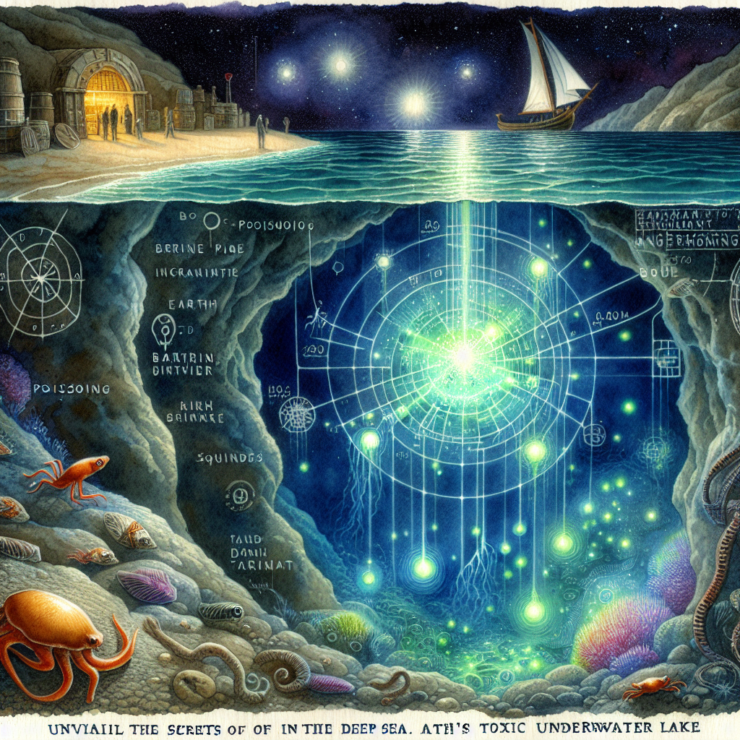
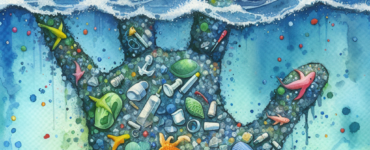

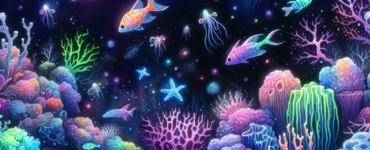
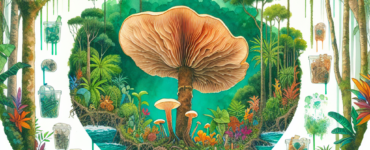
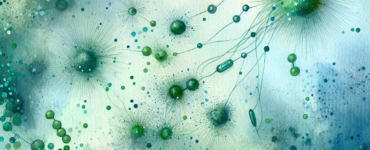





























Add comment